North Omaha’s Kountze Place neighborhood is a wealth of beautiful homes, churches, and historic sites. Omaha banker and investor Augustus Kountze bought these 160 acres of prairie land in the 1870s. With early buyers taking large plots around his, Kountze started laying out lots in the area in the 1880s.
Soon naming it Kountze Place, Augustus made sure Omaha’s early trolleys came right to his new suburb. In short order, he also installed gas street lamps and sidewalks on the main streets, and encouraged all sorts of businesses and institutions to move in. Opening in 1890, the Presbyterian Hospital was an early neighbor. It was only a few years earlier that Omaha’s grand Prettiest Mile Boulevard, later called Florence Boulevard, was laid out right through Kountze’s land, and that didn’t hurt development either.
In the 1890s, Kountze became urgent about growing his neighborhood, and in 1898 he hosted the Trans-Mississippi Exposition in the area. In the next several years, the rest of his neighborhood filled in. In the decade after the Expo, the University of Omaha opened in the neighborhood, along with the Swedish Mission Hospital across the street. Kountze Park was also developed, and the area flourished.
Binney Street’s Roots

Binney Street was one of the early streets in Kountze Place to fill up with beautiful homes. There were reasons for that.
In 1897, Kountze donated land to the Sacred Heart Catholic Church to relocate their church to the site. Moving quickly, their old building stood on the site for only a few years. In 1902, popular Omaha architects Fischer and Lawrie designed the grand gothic, traditionally-laid out building that stands today. Recognized for its significance in 1983, it was placed on the National Register of Historic Places then. The church also hosts a school across the street, and a rectory next door.
I mention Sacred Heart first because its beauty reputedly caused the rest of Binney Street to build up quickly after it was done. Many people wanted to live near its regality, and knew that its construction would bring up the value of the neighborhood. It did that precise thing, and through the 1940s the neighborhood’s homes held their value.
Other churches on Binney Street included Trinity Methodist Episcopal Church, which built a new building there in the 1890s and left the neighborhood in the 1940s. Established as Omaha’s Black Episcopal church, St. Philip the Deacon built a new structure on Binney Street in 1949. In 1986, they joined another north Omaha church to integrate congregations and launched the Episcopal Church of the Resurrection. Immanuel Baptist Church was located at North 24th Street between Binney and Pinkney Streets.
Easter Day Tornado of 1913

In 1913, the biggest tornado ever to strike Omaha ripped along Binney Street in this area. Many homes along the block were obliterated by the F5 monstrosity, including both grand, whimsical wealthy peoples’ houses, and tiny workers homes. More than other streets in Kountze Place, Binney seemed to be a target.
The most regal era of Binney Street was approximately from 1890 through 1930. During this forty-year span all of the grandest homes were built, the most opulent churches were founded, and the upper-class gentry lived there. Socialites, the business elite, civic leaders and others called Binney Street home. Perhaps one of the most famous homes on the street is the John P. Bay House, built in 1887 for a very successful Omaha businessman. After he moved away, the home was bought by another businessman named Thomas Fry, and when he died in 1932 a letter to the editor might have mourned the entire neighborhood’s transition by saying,
“The Fry home, known for the past 35 years for its generous hospitality, is now a relic of days gone by. The passing of such a house can never be forgotten by the older residents of Binney Street, for it was a home wherein hospitality and good cheer were dispensed with a lavish hand. In a changing Omaha, there are but a few left of this type of ye good old days.”
—Omaha World-Herald, December 16, 1934.
The picture at the top of this article was taken in 1896. Many of the homes shown have been obliterated—but the reason was even more heinous than many people imagine.
Redlining and White Flight
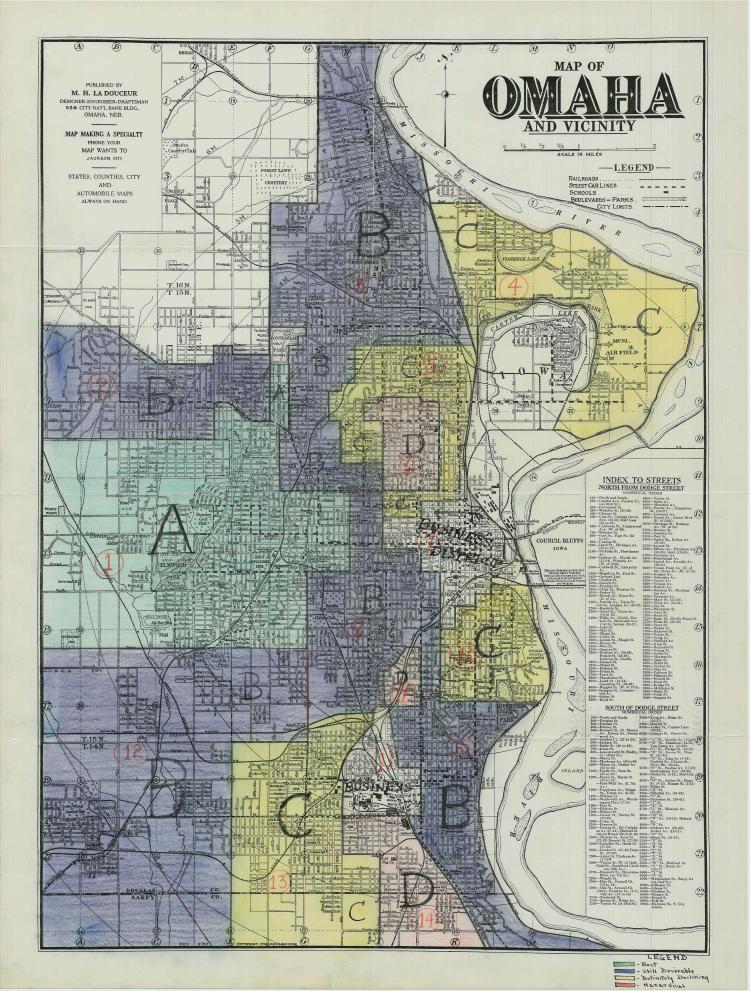
However, Omaha’s racist redlining practices began in earnest in the 1940s, largely bordered by Binney Street. Strict informal and formal guidelines from Sacred Heart’s parish members focused on maintaining their neighborhood’s white chokehold prevented African Americans from moving northward from the Near North Side neighborhood. A neighborhood covenant was imposed, and African Americans were kept out by discrimination from the bankers, real estate agents, insurers and homeowners that controlled the neighborhood’s real estate transactions.
Despite their feelings of supremacy and dominance though, eventually housing discrimination was banned in Omaha and African Americans moved into Kountze Place. Today, the neighborhood is still home to many fine homes, and Sacred Heart Church continues to exist.
Fine Homes on Binney Street
The following homes are examples of some of the opulent and more normal houses that were built throughout the neighborhood. They were designed in a number of interesting styles, with a few on the National Register of Historic Places and designated Omaha Landmarks.
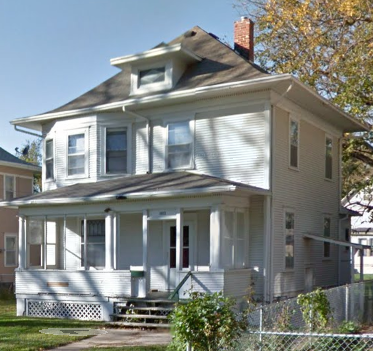
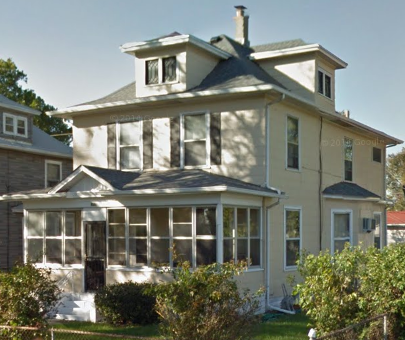

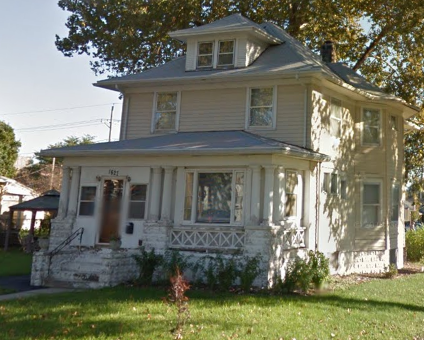
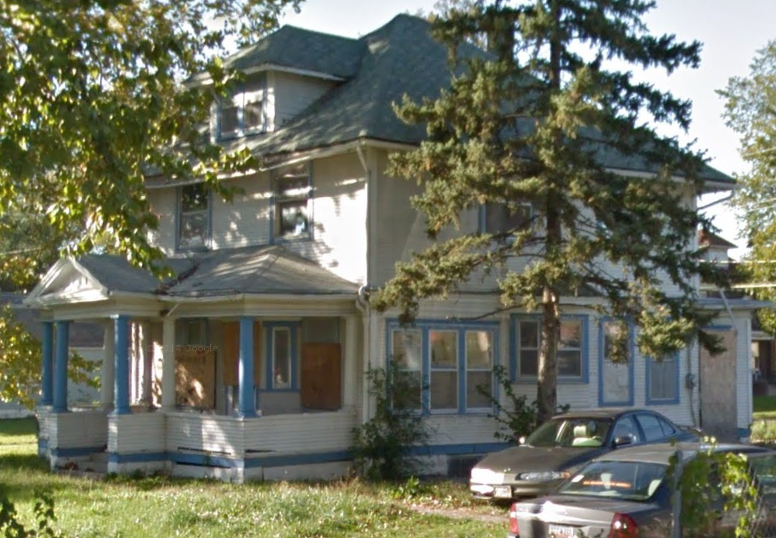

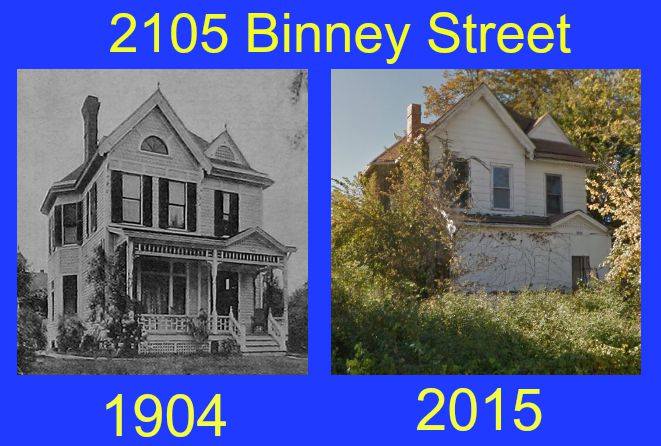








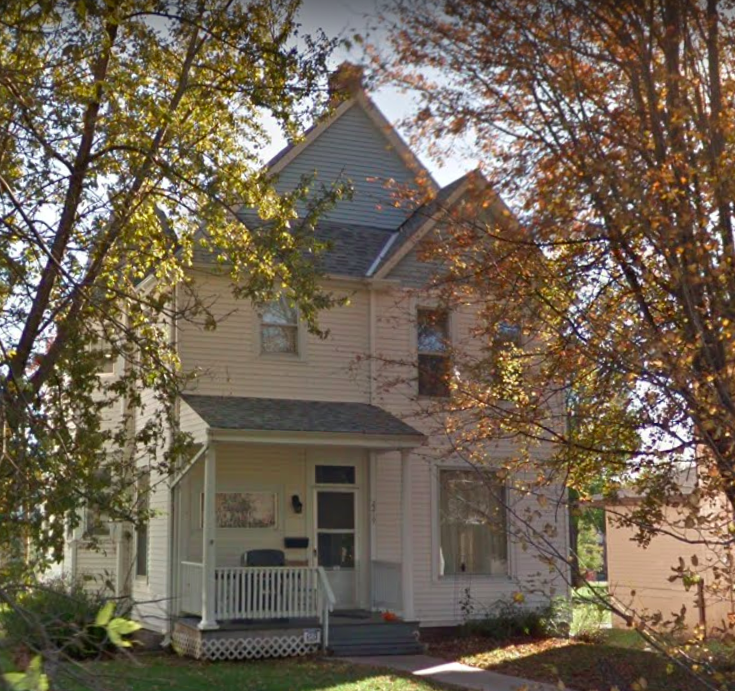





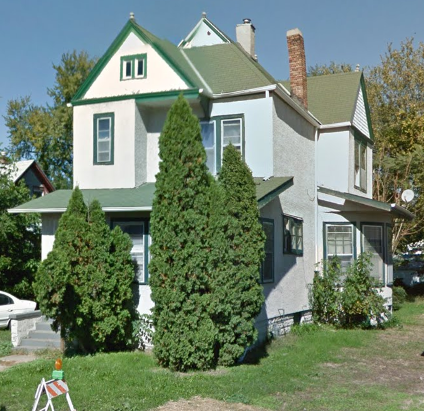

I hope you’ve enjoyed this tour! Feel free to share it with your friends, and leave a comment below. Thanks!
MY ARTICLES ABOUT THE HISTORY OF KOUNTZE PLACE
General: Kountze Place | Kountze Park | North 16th Street | North 24th Street | Florence Boulevard | Wirt Street | Emmet Street | Binney Street | 16th and Locust Historic District
Houses: Charles Storz House | Anna Wilson’s Mansion | McCreary Mansion | McLain Mansion | Redick Mansion | John E. Reagan House | George F. Shepard House | Burdick House | 3210 North 21st Street | 1922 Wirt Street | University Apartments
Churches: First UPC/Faith Temple COGIC | St. Paul Lutheran Church | Hartford Memorial UBC/Rising Star Baptist Church | Immanuel Baptist Church | Calvin Memorial Presbyterian Church | Omaha Presbyterian Theological Seminary | Trinity Methodist Episcopal | Mount Vernon Missionary Baptist Church |
Education: Omaha University | Presbyterian Theological Seminary | Lothrop Elementary School | Horace Mann Junior High
Hospitals: Salvation Army Hospital | Swedish Hospital | Kountze Place Hospital
Events: Trans-Mississippi and International Exposition | Greater America Exposition | Riots
Businesses: Hash House | 3006 Building | Grand Theater | 2936 North 24th Street | Corby Theater
Listen to the North Omaha History Podcast show #4 about the history of the Kountze Place neighborhood »
You Might Like…
- A History of North Omaha’s Kountze Place Neighborhood
- A History of North Omaha’s Wirt Street
- A History of North 24th Street
- A History of North 16th Street, aka Sherman Avenue
- A History of Florence Boulevard in North Omaha
- A History of 2936 North 24th Street
Bonus

These houses and buildings have been associated with Sacred Heart Catholic Church since 1900 and earlier.
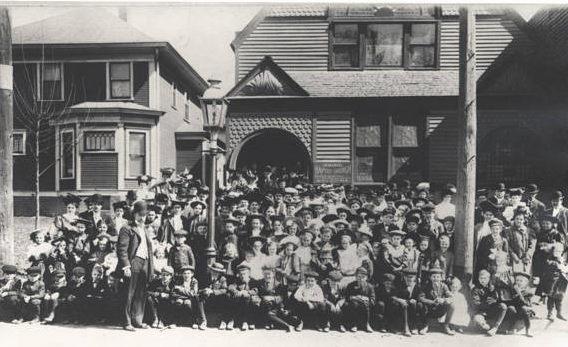

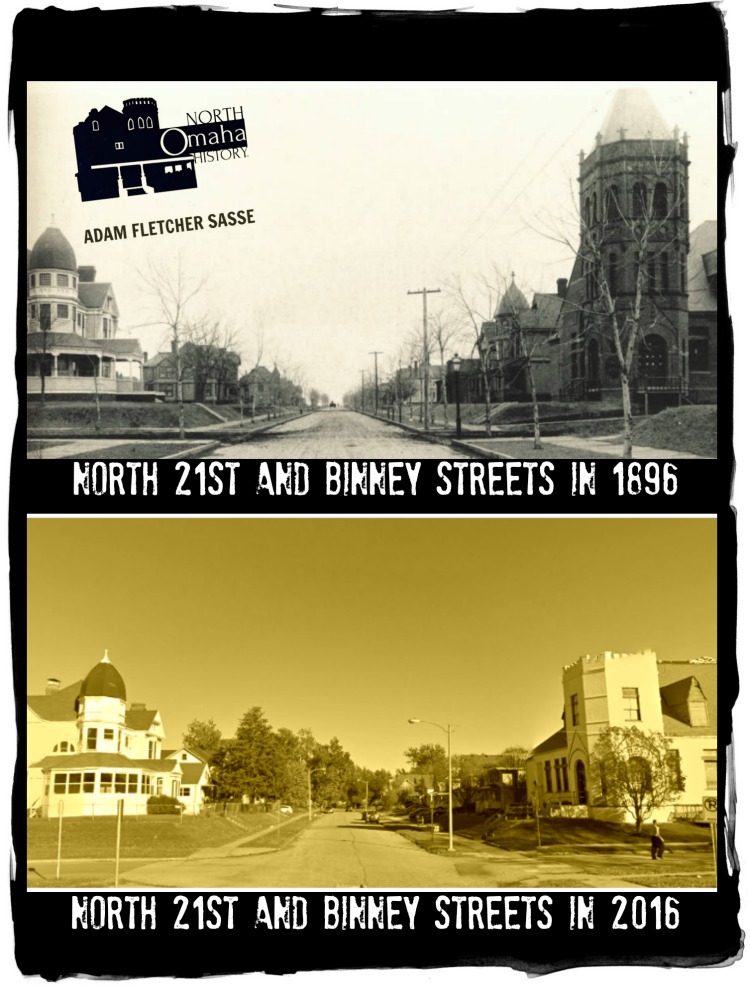




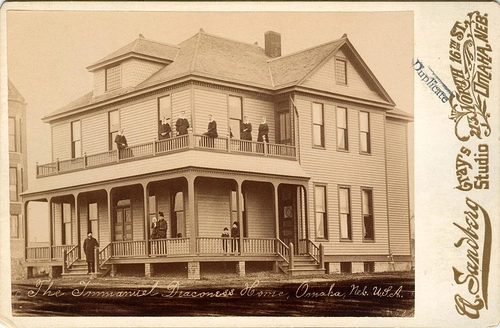

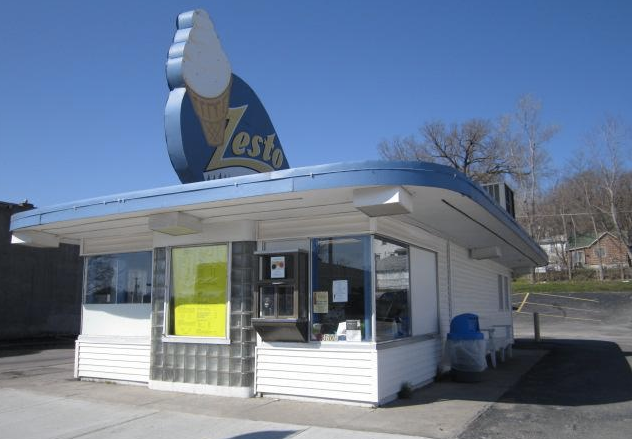
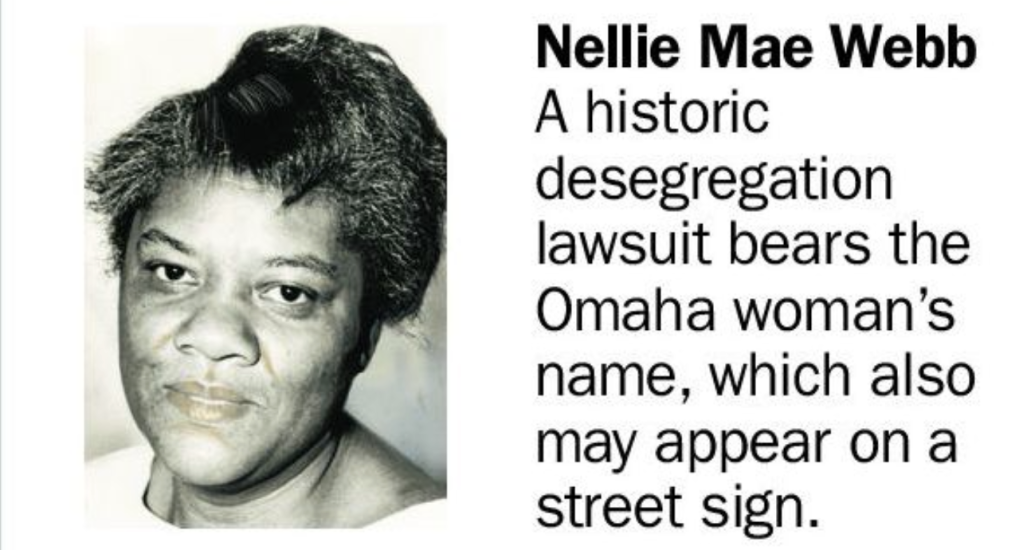
Leave a comment